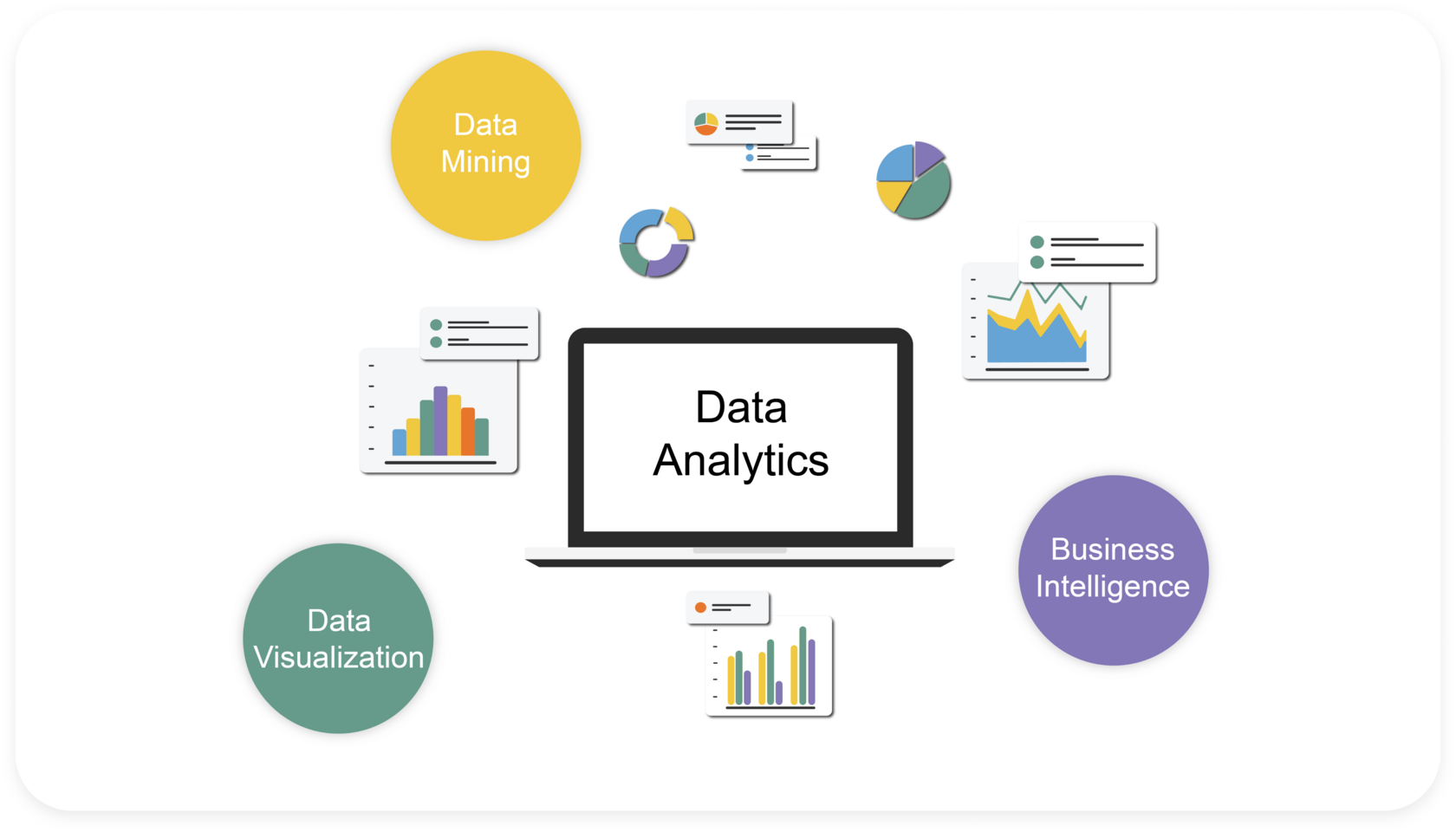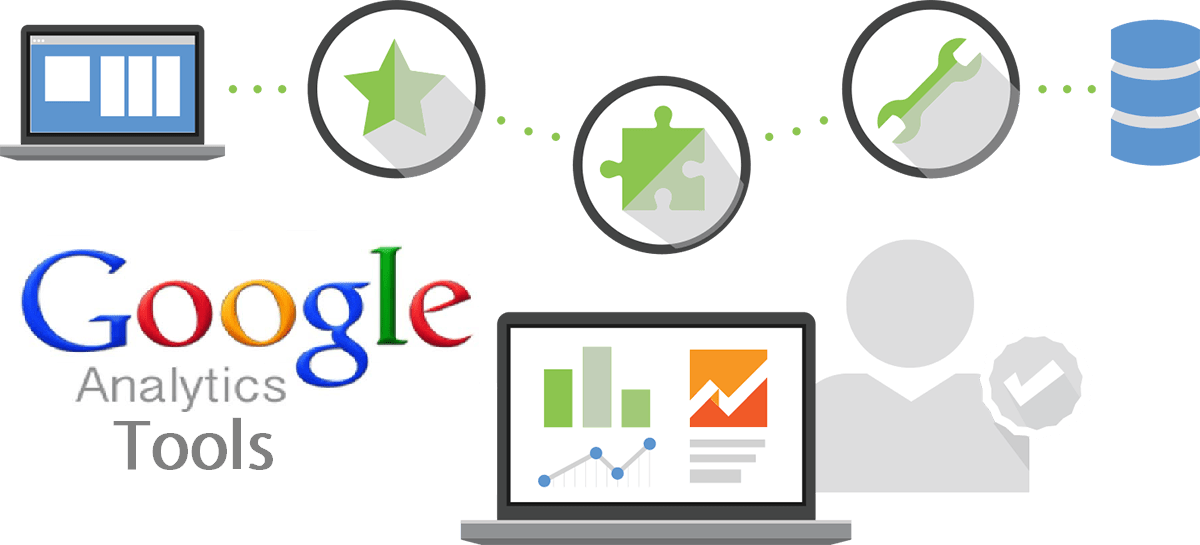Achieve Business Goals Faster Through Tailored Analytics Providers
Achieve Business Goals Faster Through Tailored Analytics Providers
Blog Article
Boost Efficiency and Earnings Via Information Analytics
In today's data-driven landscape, services are increasingly identifying the pivotal duty of data analytics in boosting operational effectiveness and productivity. By systematically assessing data, companies can discover critical understandings that educate calculated choices, improve procedures, and tailor client experiences.
Understanding Data Analytics
In today's data-driven landscape, recognizing data analytics is necessary for organizations aiming to boost functional efficiency and drive earnings. Information analytics entails the organized computational analysis of data sets to discover patterns, correlations, and insights that notify decision-making. By using various methods, such as analytical evaluation, artificial intelligence, and anticipating modeling, companies can transform raw data into workable knowledge.
The procedure typically begins with data collection, where appropriate info is collected from numerous resources, consisting of transactional data sources, client interactions, and market patterns. This information is after that cleansed and arranged to make certain precision and uniformity. As soon as the information is prepared, analytical tools and software are utilized to explore and imagine the info, allowing stakeholders to determine trends and anomalies.
Inevitably, recognizing data analytics equips organizations to make educated decisions based on empirical proof instead of instinct. It assists in targeted methods that can enhance resource allocation, improve consumer satisfaction, and enhance total efficiency. As companies increasingly identify the value of data-driven insights, a strong understanding of data analytics comes to be a critical expertise for leaders and groups alike, positioning them for continual success in a competitive environment.

Trick Benefits for Businesses
Organizations that take advantage of information analytics can unlock a plethora of benefits that significantly improve their operations and earnings. Among the main advantages is improved decision-making. Data analytics provides actionable understandings stemmed from real-time information, enabling organizations to make educated selections that align with market needs and customer preferences.

In addition, data analytics fosters enhanced client experiences. By comprehending client habits and preferences, services can customize their offerings, bring about raised satisfaction and loyalty. This customized method commonly leads to higher conversion rates and repeat business.
Additionally, data analytics enables businesses to identify arising fads and possibilities. By staying in advance of the contour, organizations can take advantage of new markets and developments prior to their competitors.
Executing Data-Driven Methods
Successful implementation of data-driven strategies calls for a thorough understanding of both offered information and business goals sources. Organizations needs to first specify their goals clearly, making certain positioning between information efforts and strategic purposes. This clarity makes it possible for groups to focus on pertinent metrics and insights that drive decision-making.
Top quality information is important for precise evaluation, as poor data can lead to illinformed strategies and lost sources - Analytics. Organizations must establish procedures for information collection, cleansing, and management to preserve data honesty.
Furthermore, fostering a data-driven society is critical. Employees in all degrees need to be encouraged to take advantage of information in their day-to-day procedures. Training programs and workshops can improve information proficiency, encouraging team to make enlightened decisions based on analytical insights.
Tools and Technologies Summary
A robust suite of tools and innovations is crucial for organizations intending to harness the complete next potential of data analytics. These devices facilitate the collection, processing, and visualization of data, enabling businesses to derive actionable insights.
At the fundamental degree, data monitoring systems such as SQL data sources and NoSQL systems supply effective information storage and retrieval capabilities. For information handling and analysis, programming languages like Python and R, along with structures such as Apache Flicker, make it possible for intricate computations and artificial intelligence applications.
Visualization tools, including Tableau and Power BI, transform raw information right into user-friendly graphical layouts, making understandings easily accessible to stakeholders in any way levels. In addition, cloud-based systems like Google Cloud and AWS use scalable storage and processing remedies, fitting the growing quantities of information organizations run into.
For sophisticated analytics, predictive modeling have a peek at these guys and AI-driven solutions are significantly embraced, allowing firms to forecast fads and boost decision-making procedures. Integrating these tools right into existing workflows is paramount; companies that successfully utilize this innovation can considerably boost operational performance and drive success. Thus, purchasing the right devices and innovations is a strategic imperative for any kind of data-driven organization.
Situation Researches of Success
Leveraging data analytics has led many companies to achieve amazing enhancements in efficiency and earnings. One remarkable case is a big retail chain that carried out anticipating analytics to maximize inventory management. By evaluating historic sales information and client fads, the firm lowered excess inventory by 30%, leading to significant cost savings and enhanced money flow.
One more example can be discovered in the manufacturing industry, where a leading vehicle maker made use of information analytics to boost its manufacturing processes. By keeping an eye on device performance in real-time, the organization identified inefficiencies and traffic jams, causing a 20% rise in total tools efficiency (OEE) This not only increased production prices yet likewise reduced downtime and maintenance prices.

These situation researches show just how data analytics can drive critical decision-making, enhance procedures, and ultimately improve both efficiency and earnings throughout various fields.
Conclusion
Finally, the integration of information analytics into organization operations provides significant opportunities for improving performance and success. By methodically analyzing data, companies can recognize inefficiencies, enhance consumer experiences, and make educated decisions. The adoption of predictive modeling and real-time tracking better enables companies to remain ahead of emerging patterns and allot sources efficiently. Eventually, the critical execution of data-driven methodologies fosters continual competitive advantages and drives significant improvements in operational performance and financial outcomes.
In today's data-driven landscape, comprehending data analytics is necessary for organizations intending to improve functional effectiveness and drive earnings. Information analytics includes the systematic computational analysis of information sets to uncover patterns, correlations, and understandings that notify decision-making. Data analytics provides workable insights derived from real-time information, enabling companies to make informed selections that line up with market demands and customer visit this site right here preferences.
Top quality information is crucial for precise analysis, as inadequate data can lead to illinformed methods and squandered resources. Organizations needs to establish procedures for data collection, cleansing, and administration to maintain information integrity.
Report this page